Torn paper might not immediately sound like a medium for creating art, but once you see the masterpieces that can emerge from simple torn paper collages, you’ll think differently. This technique, while seemingly straightforward, opens up a world of creativity and problem-solving for children of all ages. In this post, we’ll explore how torn paper art can be a transformative activity, challenging children to think outside the box and create something truly unique.
1. The Beauty of Torn Paper Collages for Kids
An Art Form for All Ages
Torn paper collages are a wonderful activity that can be enjoyed by children at every age and stage. Whether you’re working with toddlers or older children, this method of creating art grows with them. As children gain more experience, their collages become increasingly sophisticated, reflecting their growing understanding of composition and color.
Moving Beyond Traditional Collages
If you're used to the neat, geometric collages often made from leftover project scraps or pre-cut shapes, torn paper collages might take some getting used to. This approach is less about precision and more about embracing the unpredictability of torn edges and the organic shapes they create.
2. Discovering Torn Paper Art: A Personal Journey
My Introduction to Torn Paper Collages
I first encountered torn paper collages in a graduate school art class focused on children's art. We created our collages using simple materials: brown kraft paper for the background and the classified sections of local newspapers for the torn pieces. This exercise was eye-opening, revealing how torn paper could be expanded into a creative and dynamic art form.
Encouraging Creative Problem-Solving
Torn paper collages push children out of their comfort zones, which is exactly what makes this activity so valuable. Without the usual pre-cut pieces and scissors, children must think creatively about how to achieve their desired results. This process fosters problem-solving skills and encourages them to think independently—core aspects of any creative craft activity.
3. Getting Started with Torn Paper Collages
Simple Instructions for Beginners
The instructions for creating a torn paper collage are simple but effective. Begin by offering children a choice of construction paper, allowing them to select two colors. For their first collage, I recommend limiting them choosing two colors to focus their creativity.
Once they have their two sheets of paper, explain that one will serve as the base and the other will be torn into pieces for the collage. The twist? No scissors allowed—only glue. This limitation might be challenging for children who are used to cutting paper, but it’s an excellent way to encourage them to think differently.
Overcoming Initial Hesitation
Children who are new to this type of art freedom might feel a bit disconcerted at first. The absence of scissors can be jarring, especially if they’re accustomed to more structured activities. However, many children quickly rise to the challenge, enjoying the new approach and diving into the creative process.
4. Observing the Evolution of Torn Paper Collages
The Creative Process for Young Children
With very young children, the first torn paper collages often consist of large, randomly torn pieces glued down without much thought. This stage is normal and reflects the children’s initial exploration of the medium.
Progressing to Thoughtful Composition
As children grow older and gain more experience, their collages begin to show more thoughtfulness in the placement of the pieces. They start to consider how the torn shapes fit together and how they can use the paper to create more complex designs.
Representational Art and Themed Collages
For even older children, torn paper collages can evolve into representational art. These children may use the torn paper to create specific images, like animals, landscapes, or even themed artwork.
For example, if you want the children to create winter scenes, provide them with colored papers that evoke a wintery feel—blues, whites, and blacks work well.
If you’re interested in more about winter torn paper art, check out this post on Snowman Crafts for more beautiful winter collage ideas.
5. Extending Torn Paper Art with Added Materials
Enhancing Collages with Additional Elements
One way to take torn paper collages to the next level is by introducing other materials. For instance, I’ve added feathers to a torn paper collage project. Some children used only the feathers, while others integrated them into their torn paper designs, creating a multi-textured effect.
Other materials you might consider include googly eyes, craft sticks, or holiday-themed decorations. However, it’s important not to overwhelm the children with too many options—too many additions can detract from the focus on torn paper and turn the project into a different type of collage.
6. Conclusion: The Joy of Torn Paper Collages
Why I Love Torn Paper Art
Torn paper collages have become one of my favorite creative activities to do with children. It’s an art form that grows with the child, offering new challenges and opportunities for expression at every stage of development. Plus, it’s incredibly versatile—you can adapt it to fit any theme or holiday, or simply let the children’s imaginations run wild.
If you’re interested in exploring more sophisticated torn paper art, I also wrote about Torn Paper Animal Art done for an Eric Carle unit. It’s just another way to take this creative technique to new heights.

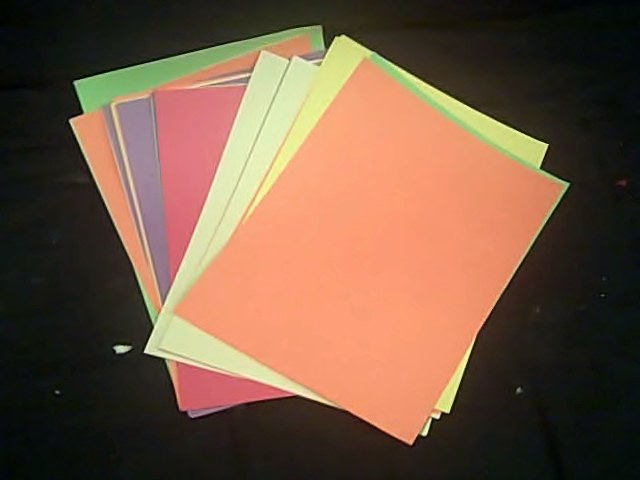

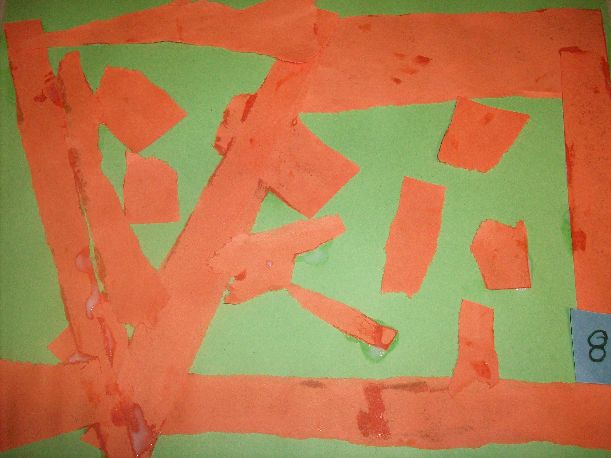
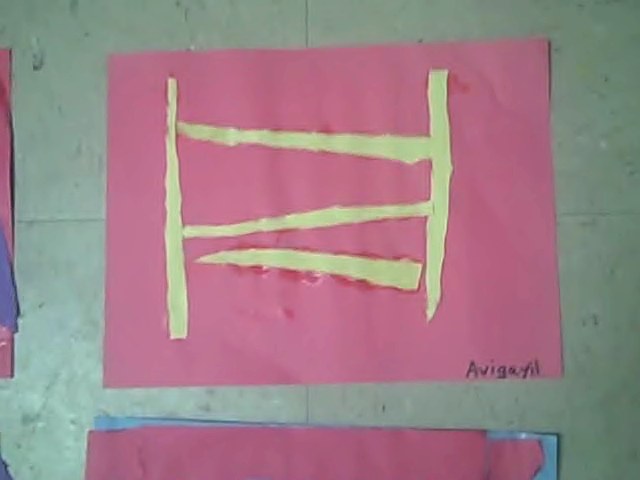
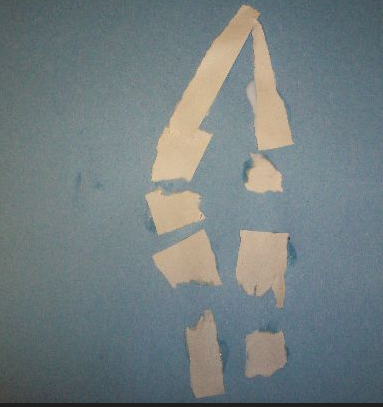
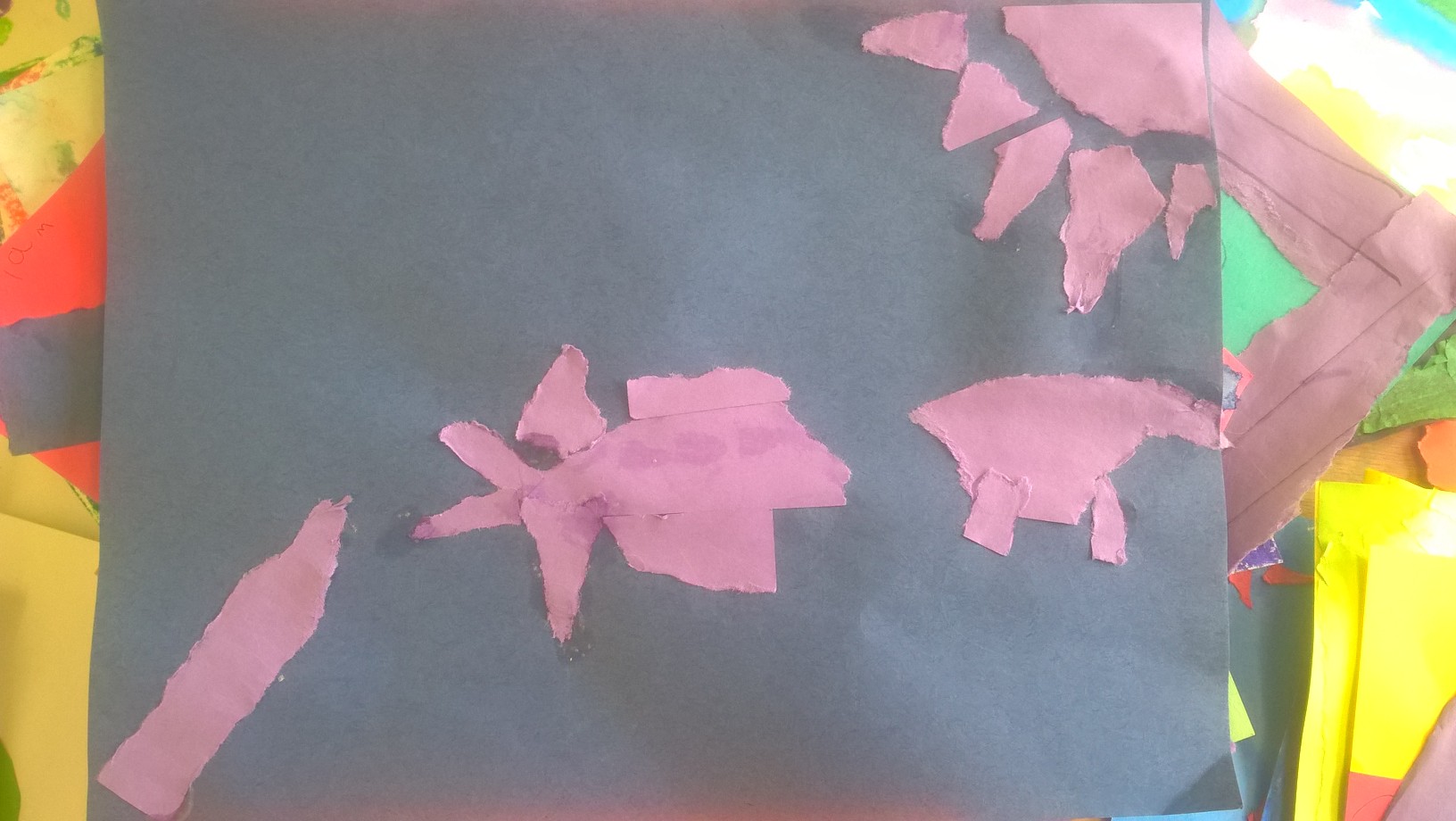
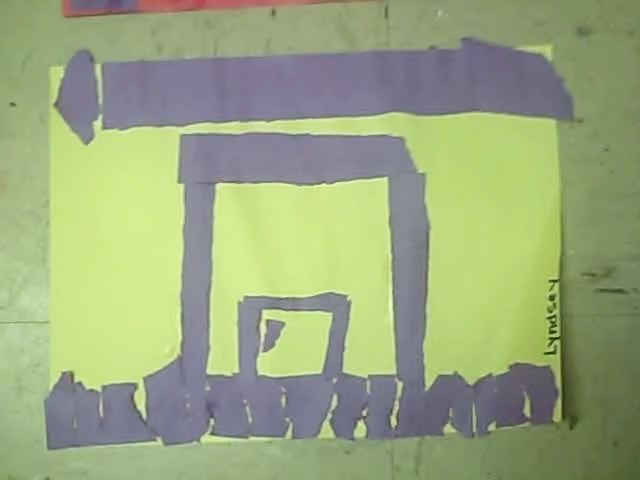
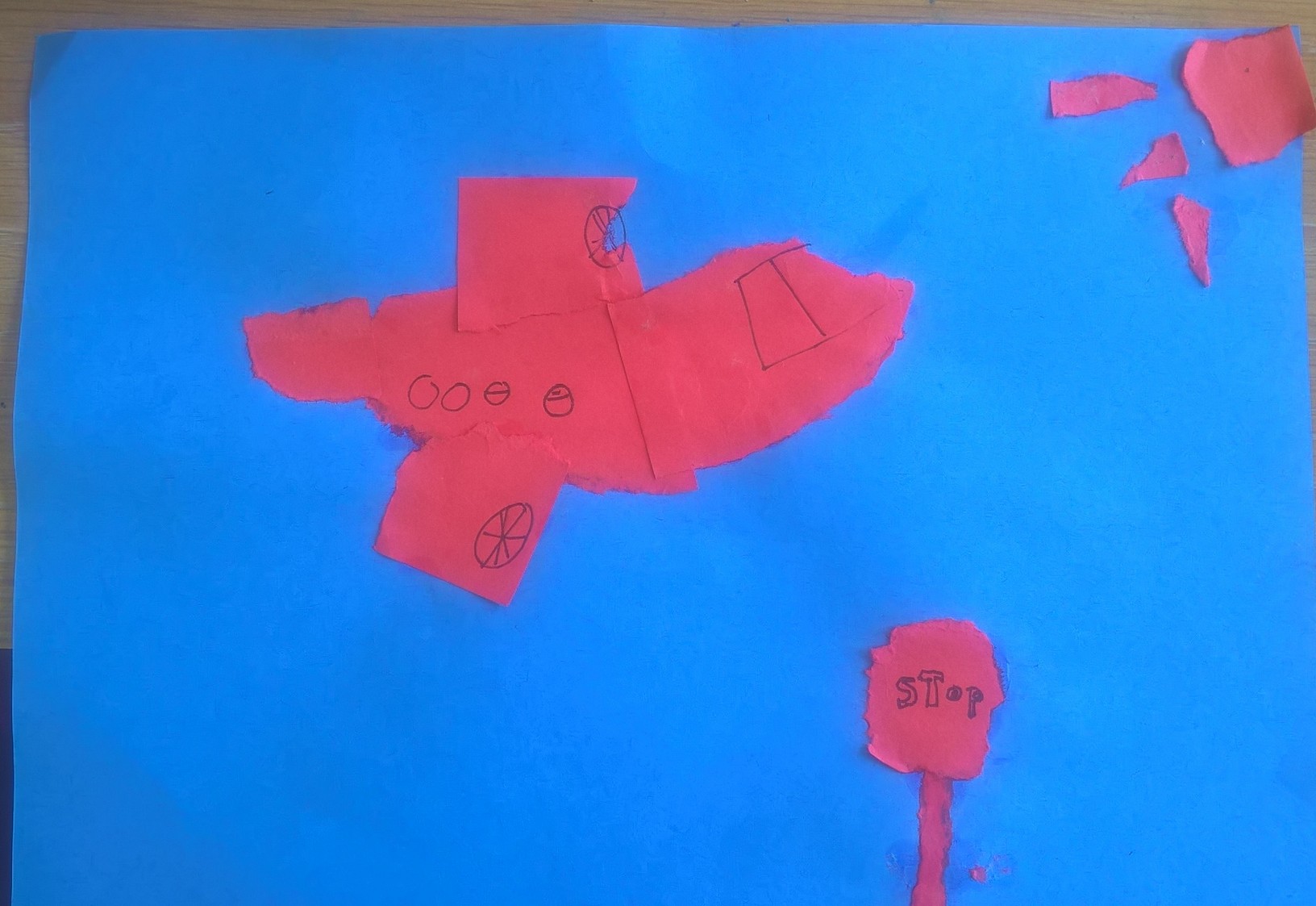
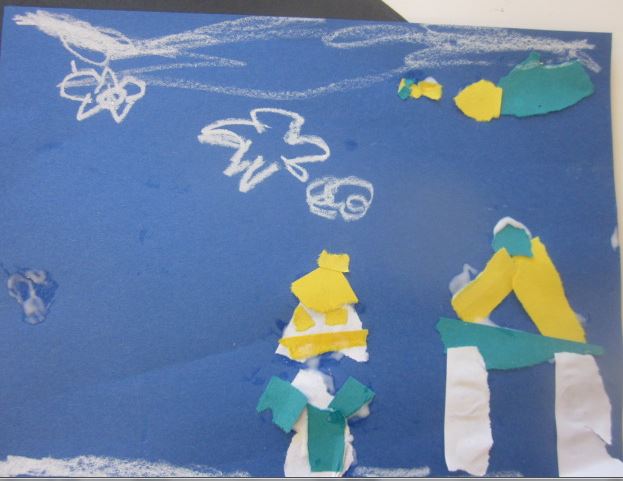
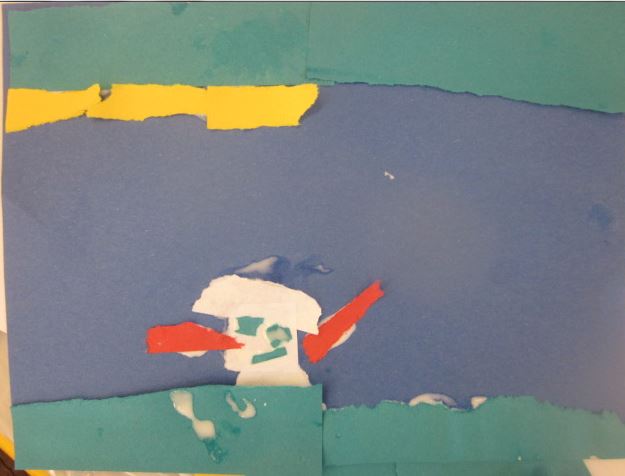
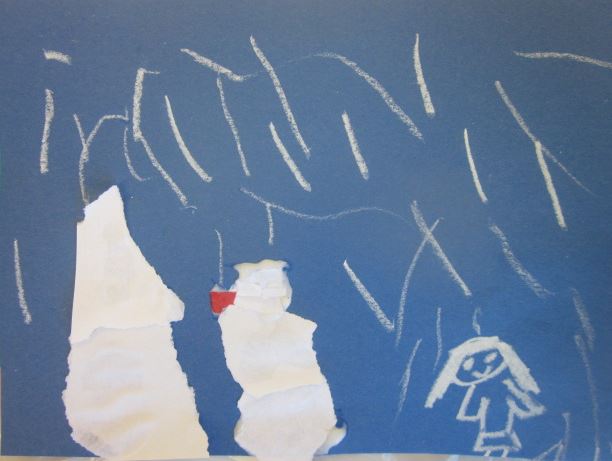
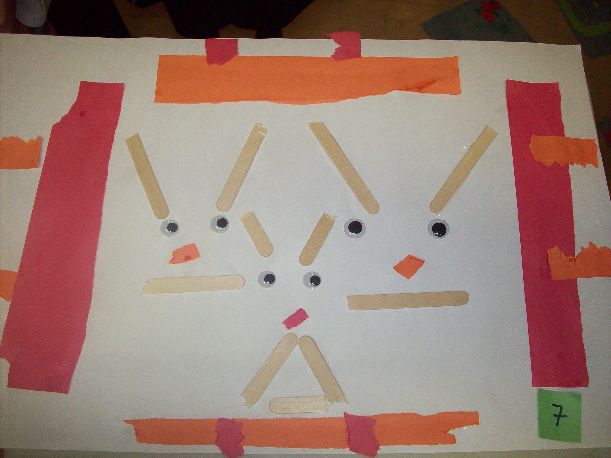
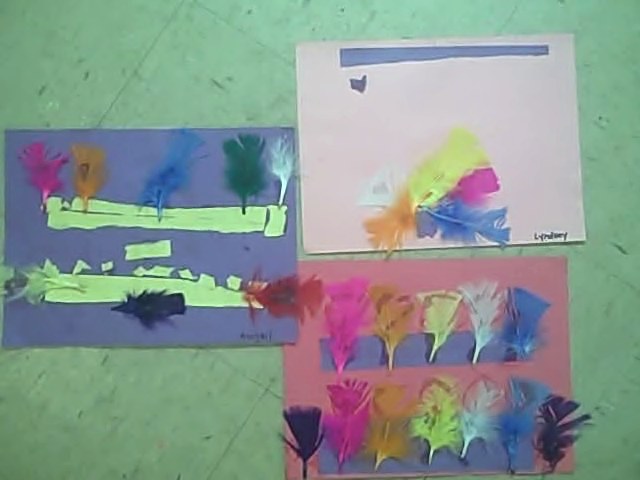
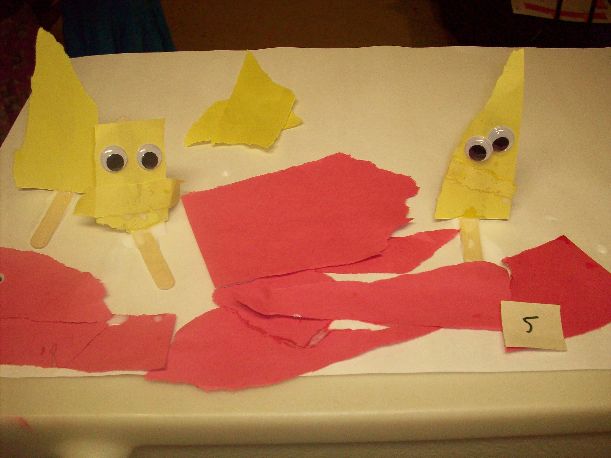
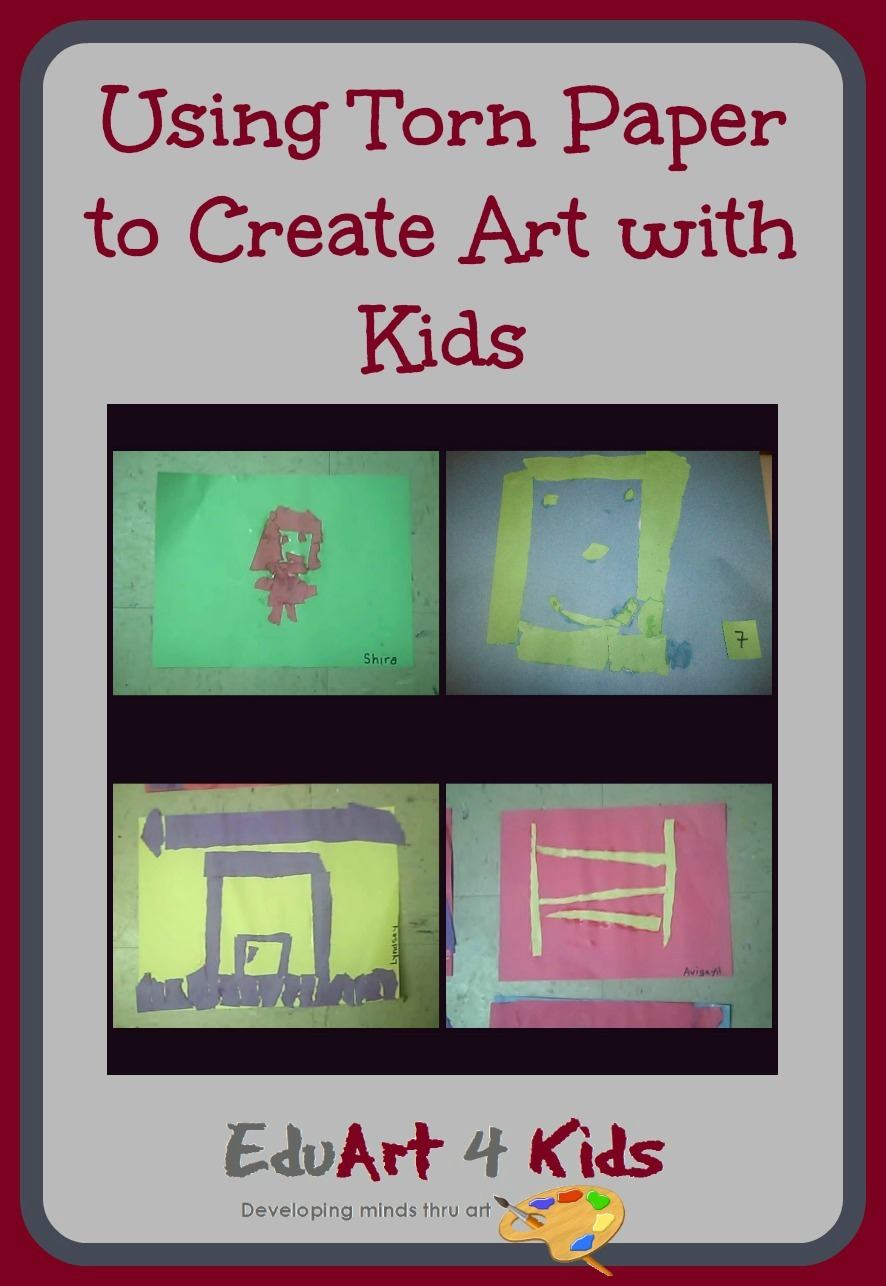



It really is incredible how fast the level of sophistication changes as children grow. I will never get tired of seeing that. I recently did a collage project with my kids and, even between 3 and 4 years old, there was a huge difference (you can find that project on my blog). Thanks for posting!
And what is amazing is how you can tell the developmental level of the kids from their work. Can you give me the url to that blog post of yours?